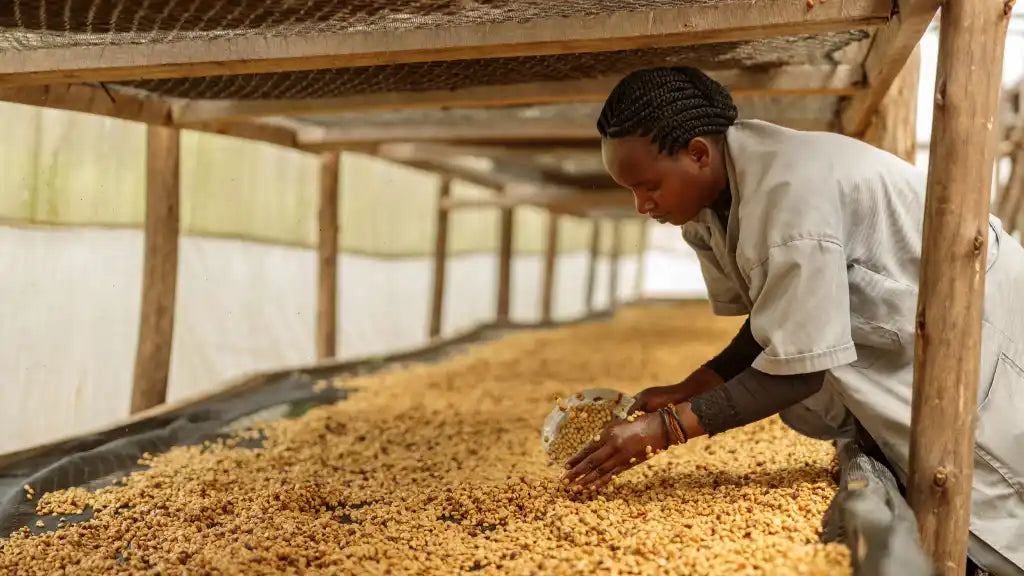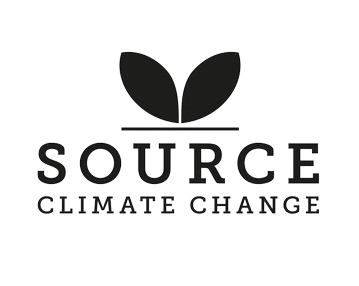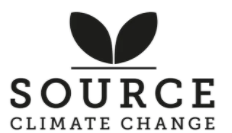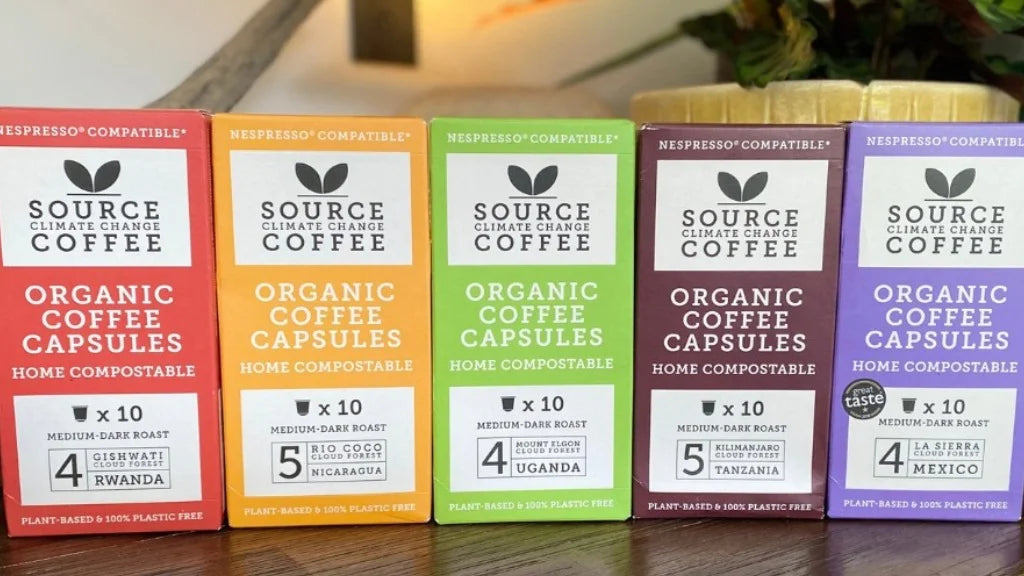
Coffee & gender equality

Source Climate Change Coffee is female founded. There’s no secret in that. It does make us passionate about how coffee can equalise gender inequality in coffee-growing countries where the economy is very unequal.
In the African countries where coffee is grown women are at greater danger of gender based violence. A quarter of women in Uganda, Rwanda and Tanzania report experiencing physical or sexual violence in the last year. Compare this to under 10% of women in Nicaragua and Mexico and under 5% in the UK (UN Women).
These are countries where the inequality in wages and unfair employment practices is even more disparate than in progressive countries like the UK. Women can contribute up to 70% of the labour for coffee growing but only 20%-30% of coffee farms are owned by women. Women have less access to funding, less access to land and less access to training (International Coffee Organisation).
Joining communities helps women. Women coffee growers can join cooperatives to access funding for expansion of their businesses and purchasing more land. They can get training on how to improve their harvest through using sustainable land management practices. With the improved profits, they can feed their families and provide them with an education.
“If a woman is empowered, then the house will also be empowered, economically and socially” says Elizabeth, member of Kabngetuny coffee cooperative in Kenya (Fairtrade International).
Women in the co-operatives with which we work in Africa and South America spend the money they earn on supporting their families, feeding and schooling their children. This leads to healthier children and better educated children, from which follows economic empowerment in future generations.
“Better educated women tend to be more informed about nutrition and healthcare, have fewer children, marry at a later age, and their children are usually healthier, should they choose to become mothers. They are more likely to participate in the formal labor market and earn higher incomes.” - World Bank
Unicef estimates that 122 million girls are out of education around the world. If girls are educated, which they are when there is enough money coming into a home, they have more opportunities.
And if they watch their mothers making a success of coffee growing, they’ll consider it as a career path for themselves. The Sustainable Food Lab encourages youth into coffee growing schemes in South America. They think that whether a child follows their parents into coffee growing depends on a few factors; their level of education, other economic opportunities, and the viability of coffee growing in the local area.
Learning sustainable land management practices also provides some protection against the impact of climate change which is a challenge for the sector (Jost, et al). Agroforestry encourages wildlife and increases biodiversity. Shading coffee plants improves water retention and reduces runoff (Hess). Coffee plants are sheltered during extreme weather. Sustainable land management pays off for the coffee farmer with better harvests.
Sustainability and equality in coffee growing
As the coffee industry continues to evolve, it is crucial to prioritise gender equality and sustainable practices. By doing so, we can create a more equitable and resilient coffee sector that benefits women, their communities, and the environment.
And Source Climate Change always assesses the partnerships that we form to ensure that the supply chain supports good coffee, sustainable coffee and equal employment opportunities.








































